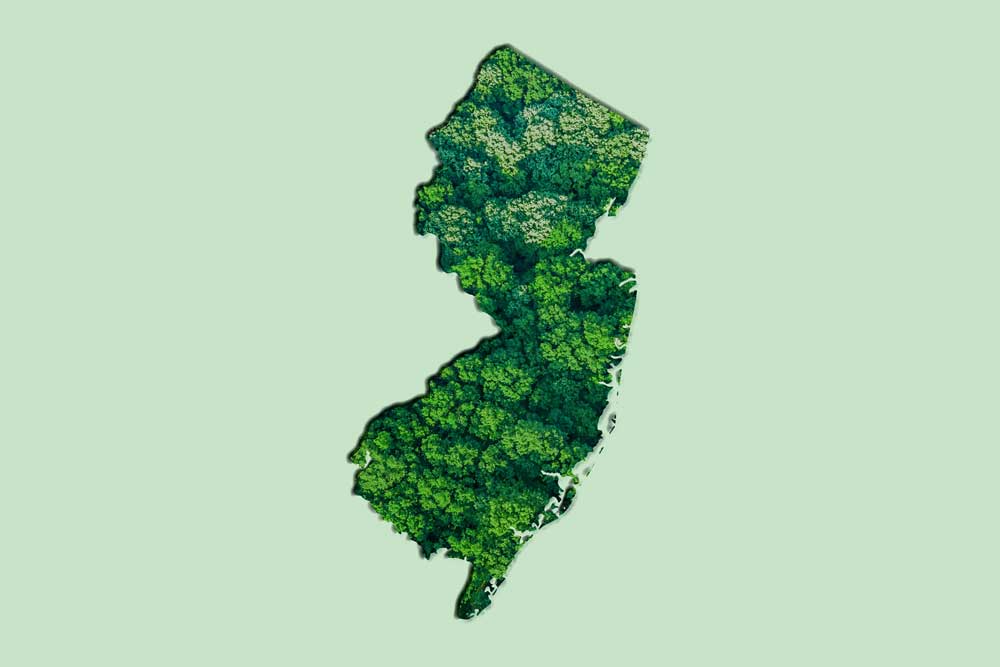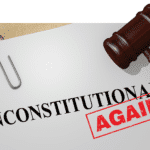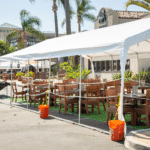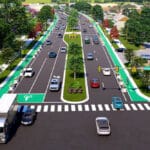The Business of Parking | Legal
As a lifelong New Jersey resident, I know what everyone else thinks about my home state. I’ve heard all the jokes: “Oh, you’re from New Jersey…what exit are you from?!?!” I will concede that this perspective is somewhat valid, if your only experience with New Jersey is driving through it on the New Jersey Turnpike. The stretch of I-95 from New York City to Philadelphia is full of memorable sights (and smells) including warehouses, airports, seaports, landfills, recycling facilities, power plants, and incinerators. And that’s just Newark!
Once you travel further south, the landscape changes from factories to farms highlighting an obvious conclusion. Infrastructure and institutional facilities are disproportionately located in urban areas, impacting the health and welfare of their inhabitants. In 2020, New Jersey became the latest state to attempt to legislate a remedy through the New Jersey Environmental Justice Law. The new legislation requires the New Jersey Department of Environmental Protection to evaluate the environmental and public health impacts of certain facilities on “overburdened communities” when reviewing certain permit application.
While the goals and objectives of the Environmental Justice Law seek to attain some balance to the siting of infrastructure that has contributed adverse impacts to communities over decades, the actual solution is not so simple. The New Jersey Department of Environmental Protection recently sought to implement the environmental justice legislation through administrative rulemaking. The rules are an attempt to provide the land use tools necessary to regulate the location of proposed facilities which contribute to adverse environmental impacts. As the rule-making process advances, a few key questions need to be answered:
- What are the adverse impacts that need to be mitigated?
- What are the developments or land uses that contribute to the adverse environmental impacts?
- What processes or procedures can be implemented to control the expansion of new development in overburdened communities?
Under the current version of New Jersey’s environmental justice law there are 348 municipalities that qualify as an “overburdened community.” These are towns and cities that are deemed to meet the following criteria:
- At least 35% of the households qualify as low-income households (at or below twice the poverty threshold as determined by the United States Census Bureau);
- At least 40% of the residents identify as minority or as members of a State recognized tribal community; or
- At least 40% of the households have limited English proficiency (without an adult that speaks English “very well” according to the United States Census Bureau).
The law requires the Department of Environmental Protection to evaluate the environmental and public health impacts of the following facilities on overburdened communities when reviewing specific types of permit applications:
- Major sources of air pollution.
- Resource recovery facilities or incinerators; sludge processing facilities.
- Sewage treatments plants with a capacity of more than 50 million gallons per day.
- Transfer stations or solid waste facilities.
- Recycling facilities that receive at lease 100 tons of recyclable material per day.
- Scrap metal facilities.
- Landfills.
- Medical waste incinerators, except those attendant to hospitals and universities.
While landfills and sewage treatment plants are easy to readily identify and regulate, ambiguity exists as to what uses constitute “major sources of air pollution.” The air pollution from vehicle exhaust is often cited as a major contribution to air pollution, and the resulting adverse health impacts that are statistically higher in overburdened communities. Specific stressors identified with air pollution include:
- Ground level ozone.
- Particulate matter.
- Car traffic.
- Impervious surfaces.
- Lack of recreational open space or tree canopy.
Is this a description of infrastructure in our mobility industry? Possibly. These specific air pollution stressors are common in any high-density urban area but are found in higher concentrations around parking and transportation facilities.
I’ll follow the administrative rule-making process in New Jersey to understand the outcome. Our members are encouraged to keep an eye on similar environmental justice legislation enacted in other jurisdictions. Even if environmental justice is not regulated by statute, the goals and objectives should be considered in the decisions to site and build new parking and transportation facilities. Moreover, as existing infrastructure is upgraded and improved increasing investment should be made in green design and renewable energy sources.
Michael J. Ash, Esq., CRE, is a partner with Carlin, Ward, Ash, & Heart, attorneys at law.
-
Michael J. Ash, Esq., CREhttps://parking-mobility-magazine.org/author/michael-j-ash-esq-cre/November 9, 2021
-
Michael J. Ash, Esq., CREhttps://parking-mobility-magazine.org/author/michael-j-ash-esq-cre/February 3, 2022
-
Michael J. Ash, Esq., CREhttps://parking-mobility-magazine.org/author/michael-j-ash-esq-cre/May 2, 2022
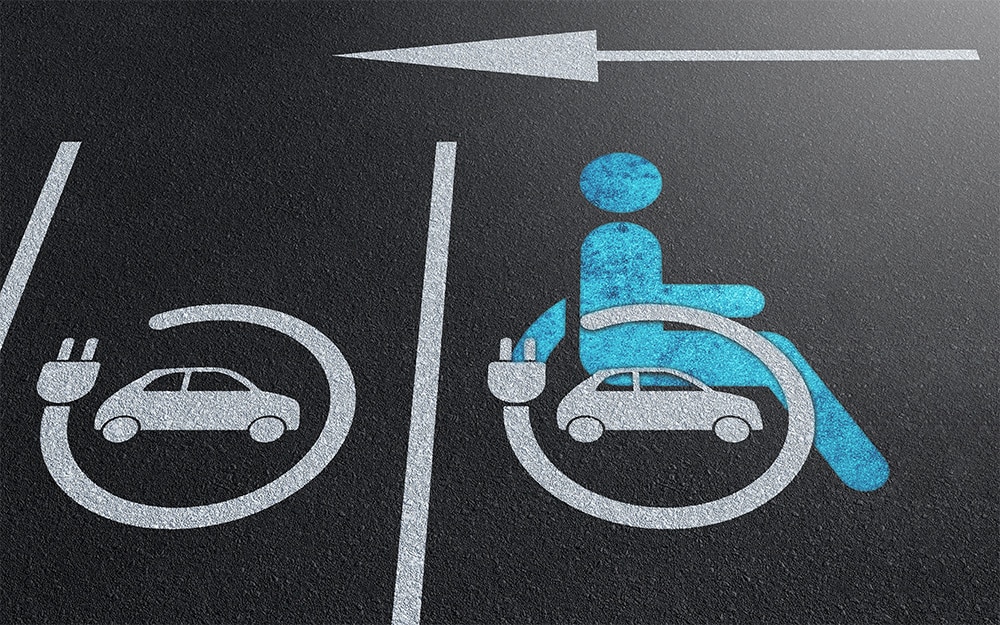
EV Charging Accessibility
A Comprehensive Guide in Ensuring ADA Compliance in Electric Vehicle
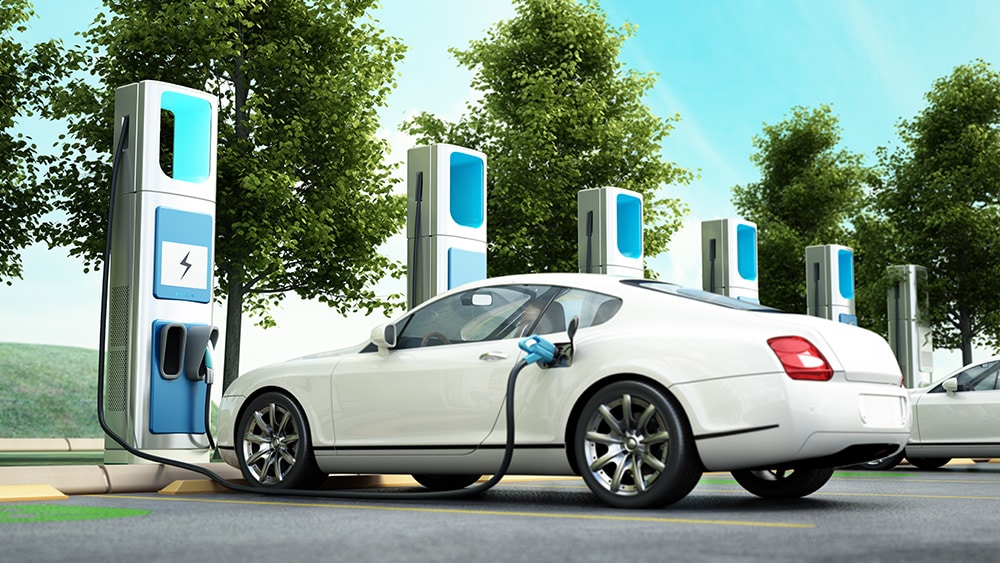
From Parking Lot to Destination
How EV Charging Elevates the Role of Parking Facilities

A Year of Proposals
As we fully came out of the pandemic in late

